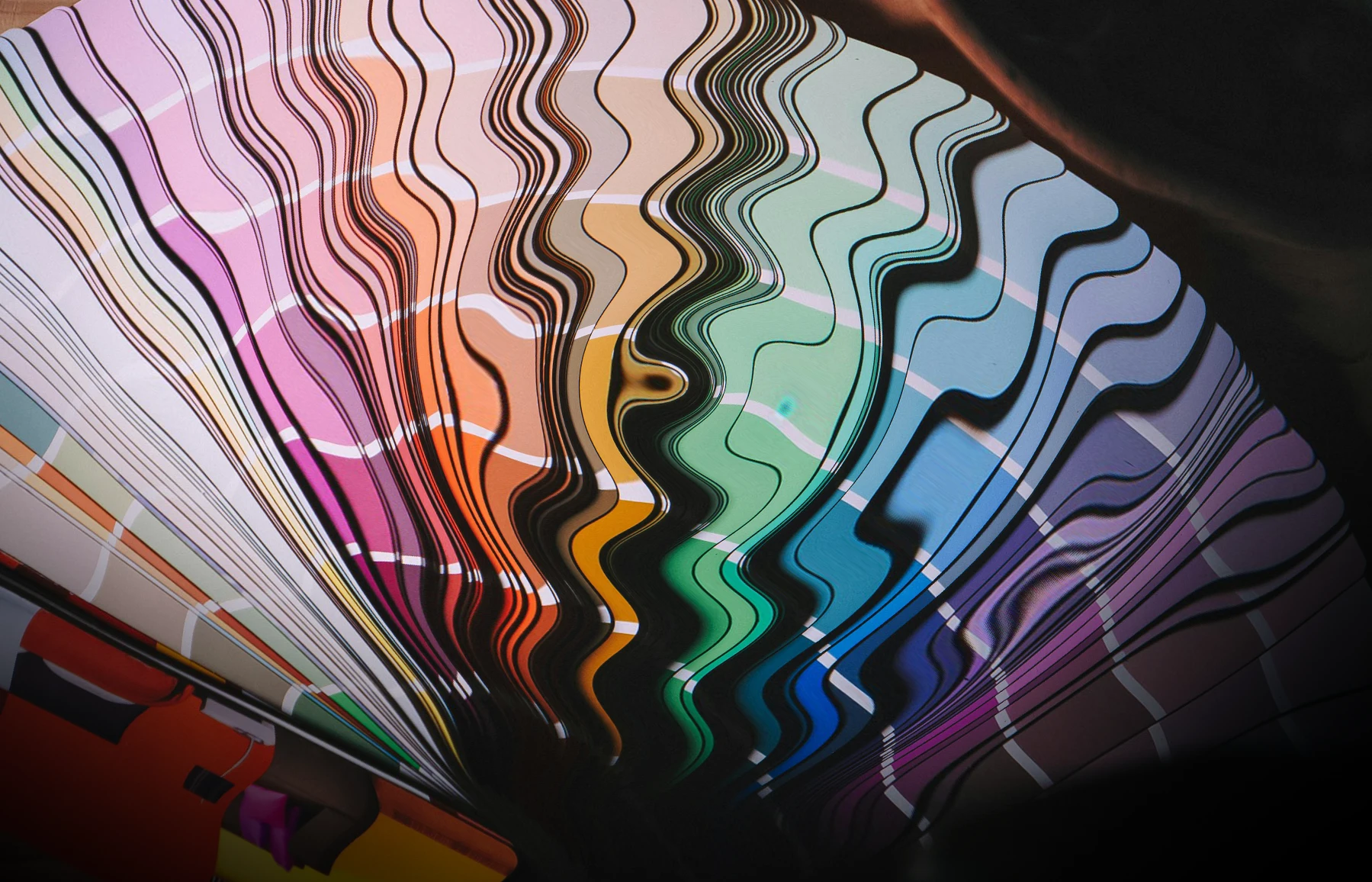How to Use Color to Influence and Inspire
Introduction
Color is a powerful tool in web design that impacts how users perceive your brand, experience your content, and take action on your website. Each color has its own psychological effect and can create specific emotions in your audience. Understanding color psychology can help you make informed design choices that align with your brand’s goals and resonate with your target audience.
In this article, we’ll explore the primary colors, their meanings, recommended uses, and examples of famous logos that demonstrate each color’s potential.
1. Red: Energy, Passion, and Urgency
Red is a color that demands attention and stimulates excitement. It is often associated with urgency, passion, and strength, making it suitable for calls to action, promotions, or brands looking to convey power and energy.
When to Use Red: Use red when you want to create a sense of urgency or to make certain elements stand out. It’s ideal for retail sites, fast-food brands, and brands that want to convey excitement or passion.
Example: Coca-Cola
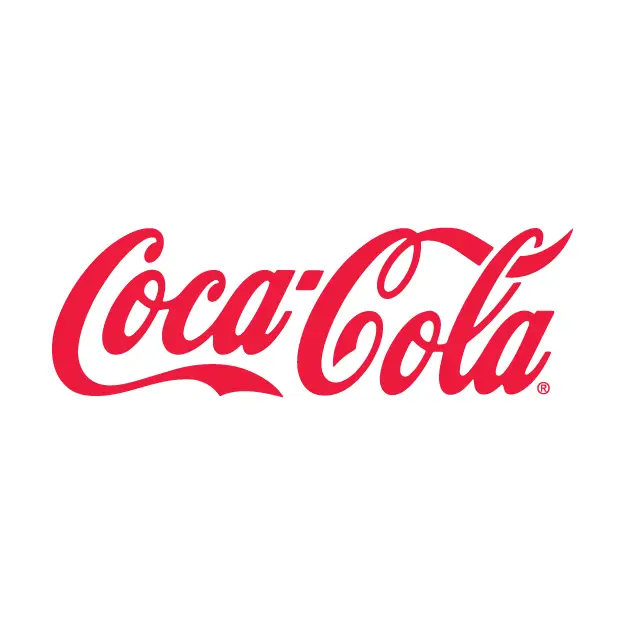
The Coca-Cola logo is an iconic example of red used effectively. The bold, energetic red reflects the brand’s lively and enthusiastic personality, inviting customers to enjoy the moment and connect with others over a drink.
2. Blue: Trust, Security, and Calmness
Blue is known for its calming effect and is often associated with trust, reliability, and security. Many tech companies, banks, and social media platforms use blue to project stability and trustworthiness.
When to Use Blue: Use blue when you want to instill trust and a sense of dependability. It’s especially effective for finance, healthcare, and technology brands.
Example: Facebook
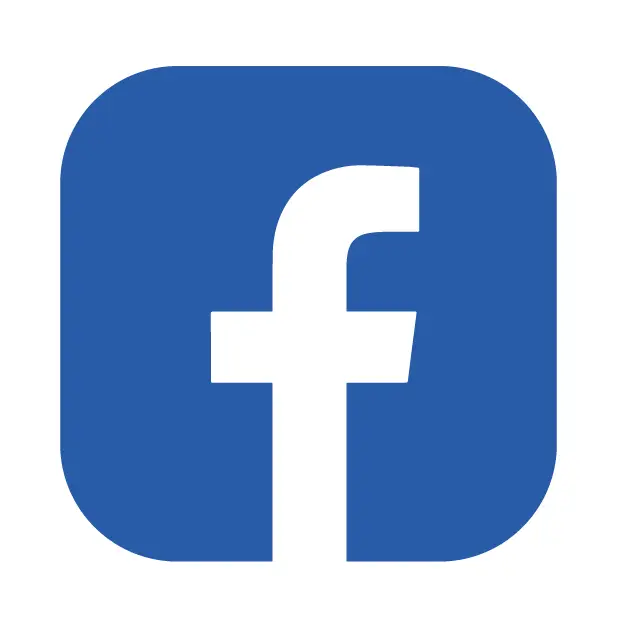
Facebook’s logo is blue, representing trust, dependability, and a calm connection with users. This color choice fosters a sense of community and reliability, encouraging users to interact with the platform.
3. Yellow: Optimism, Warmth, and Happiness
Yellow is a color that exudes warmth, positivity, and cheerfulness. It’s often used by brands that want to bring a sense of joy and friendliness to their audience. However, using yellow in moderation is key, as too much can cause visual fatigue.
When to Use Yellow: Ideal for brands that want to convey happiness, optimism, and a sense of friendliness. Use yellow for accents or to highlight calls to action.
Example: McDonald’s
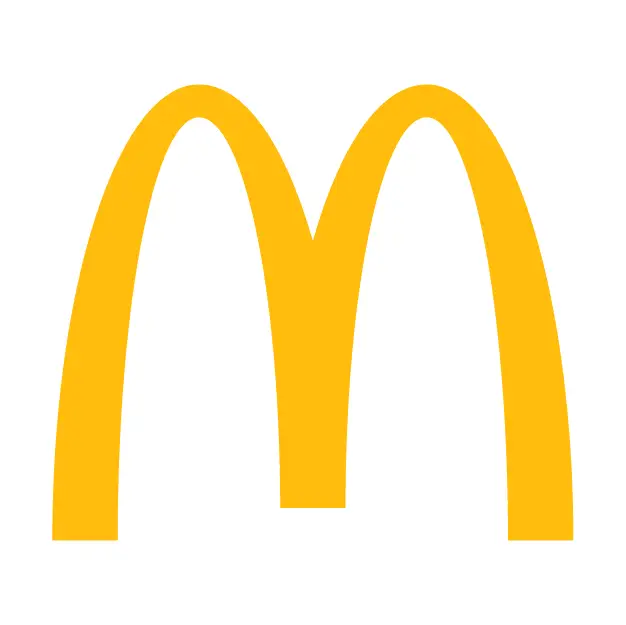
The golden arches of McDonald’s evoke warmth, friendliness, and approachability. Yellow is associated with happiness, which aligns with McDonald’s goal to create a fun and enjoyable experience for customers.
4. Green: Health, Growth, and Serenity
Green s often associated with nature, growth, and health. It’s a popular color for brands in the wellness, environment, and food industries, as it symbolizes sustainability, health, and freshness.
When to Use Green: Use green if your brand focuses on health, nature, or eco-friendliness. It’s suitable for companies related to sustainability, wellness, and organic products.
Example: Starbucks
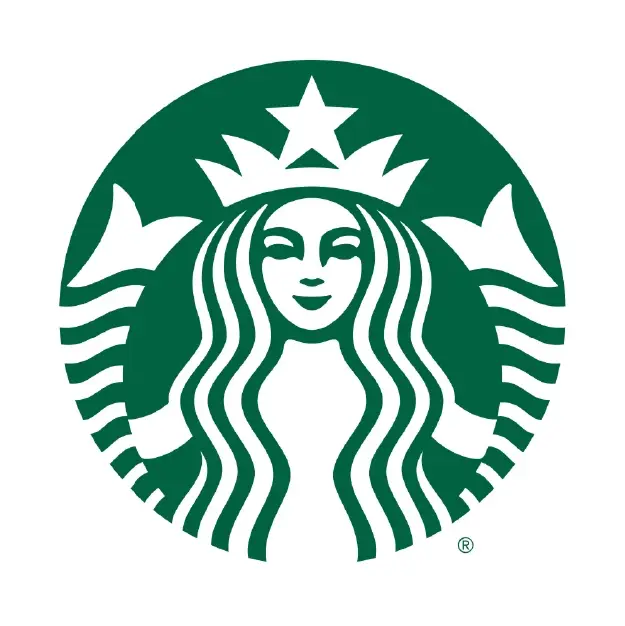
Starbucks’ green logo represents freshness, growth, and an eco-conscious mindset. The color reflects the company’s commitment to ethically sourced coffee and a welcoming, relaxed environment.
5. Orange: Creativity, Enthusiasm, and Adventure
Orange is a bold, energetic color that symbolizes creativity, enthusiasm, and adventure. It’s used by brands that want to stand out and appear approachable and fun. Orange also encourages impulse purchases, making it effective for retail.
When to Use Orange: Use orange if you want to convey excitement, creativity, or approachability. It’s great for brands targeting younger audiences or promoting innovation.
Example: Nickelodeon
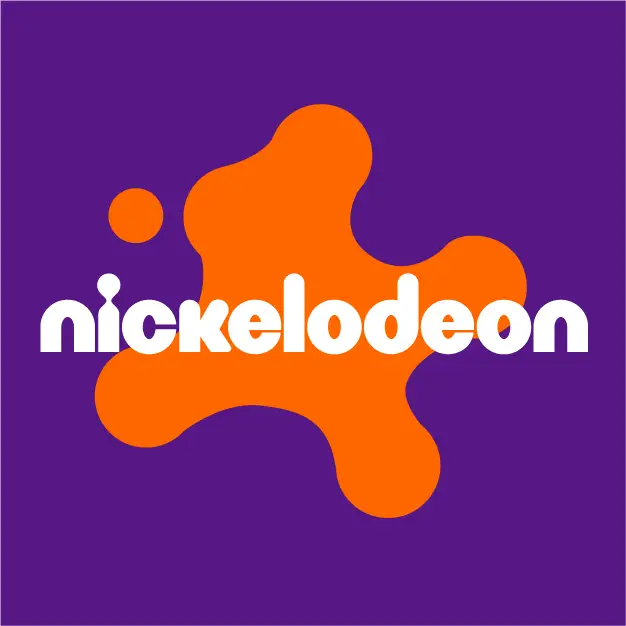
Nickelodeon’s bright orange logo reflects creativity, energy, and playfulness. It captures the adventurous and lively nature of the channel, aligning perfectly with its target audience of children and families.
6. Purple: Luxury, Wisdom, and Creativity
Purple combines the energy of red and the calmness of blue, symbolizing luxury, creativity, and wisdom. It’s often used by brands that want to appear sophisticated, unique, and premium.
When to Use Purple: Use purple if your brand focuses on luxury, creativity, or spirituality. It’s effective for beauty products, premium brands, and companies with a creative focus.
Example: Cadbury
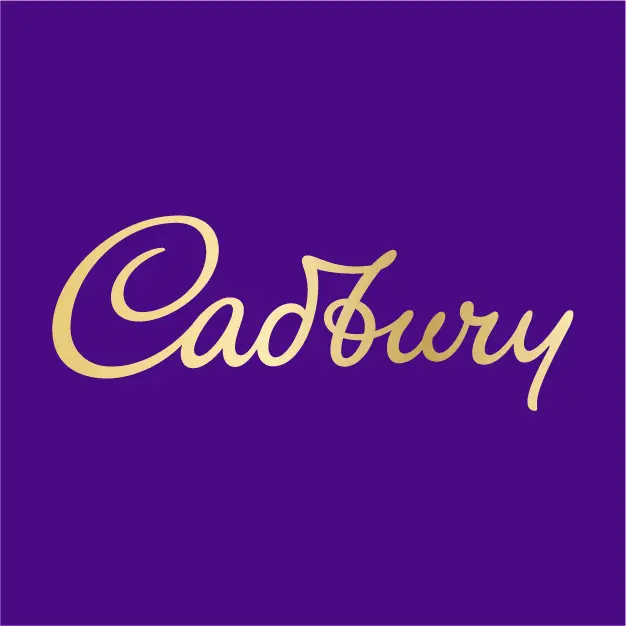
The Cadbury logo’s royal purple exudes luxury and indulgence, reflecting the brand’s position as a premium chocolate. Purple adds a touch of sophistication and makes the brand memorable.
7. Black: Power, Sophistication, and Elegance
Black is timeless and often represents power, sophistication, and elegance. It is widely used by luxury brands that want to convey exclusivity and high-quality products.
When to Use Black: Black is perfect for luxury, fashion, or technology brands that aim for a sleek and modern look. It creates a sense of sophistication and elegance.
Example: Chanel
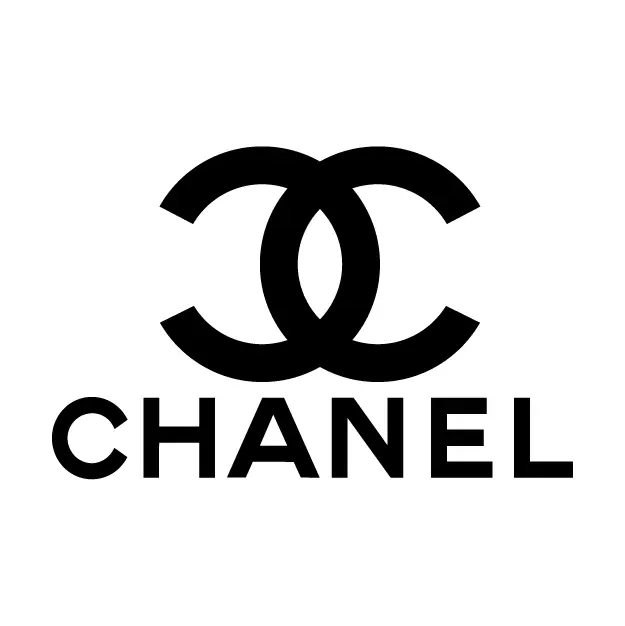
Chanel’s minimalist black logo represents timeless elegance, sophistication, and exclusivity. Black reinforces Chanel’s image as a high-end luxury brand, appealing to an elite audience.
Conclusion
Color is a powerful element in web design that can shape how users perceive your brand and interact with your website. By carefully choosing colors that align with your brand’s identity and message, you can create a website that resonates with your audience and drives engagement. Whether you want to inspire trust, convey excitement, or project sophistication, understanding the psychology behind colors will give your brand a strategic advantage.
Remember, color choices are about balance. Combine colors thoughtfully, and use them to guide the user experience effectively. With the right color strategy, your website can become a visually captivating space that truly connects with your audience. Need some help? Contact us for a free consultation!

